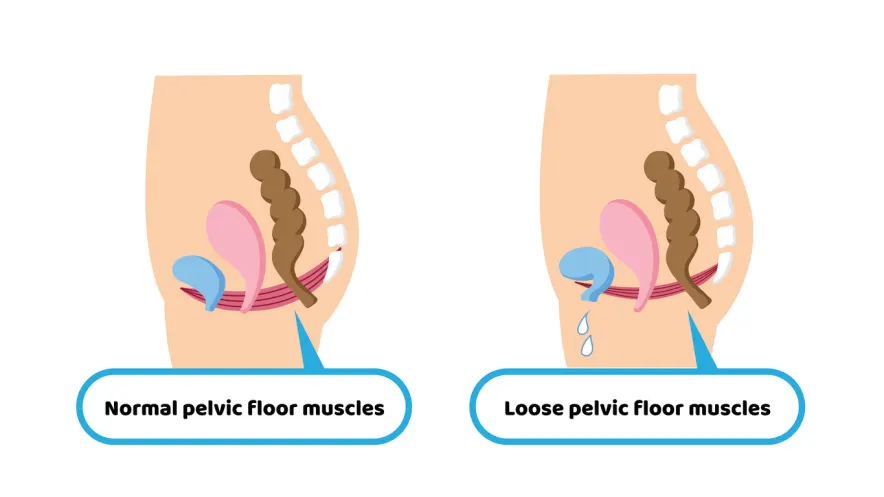Would you believe it if I told you that cerebral palsy is the most common childhood motor function disability in the world? There are studies from around the world that estimate around 4 or more children out of every 1000 are born with cerebral palsy. Luckily for these children, orthotics and prosthetics practitioners globally have been working tirelessly for years to provide them with the best possible quality of life.
First thing first: a description
So you know now that cerebral palsy is a motor function disability, but there is more to it. Looking at the name we can see that cerebral palsy can be broadly described as an injury to the brain, particularly in children. Thankfully this injury is not a progressive one, and so the condition can be managed as it will not worsen over time.
This is where orthotics and prosthetics practitioners come in, as well as orthotics suppliers. These professionals have paid special attention to how this disability manifests itself and how it affects a child all the way through to adulthood. With that knowledge in place, they are able to custom-design orthotic solutions to vastly improve the lives of those with cerebral palsy.
How does cerebral palsy manifest itself?
Cerebral palsy isn’t actually one single condition, but rather a group of conditions that are related to the injury to the brain. This sometimes makes it difficult to accurately determine symptoms of the condition. Two of the most common physical symptoms found are:
- Foot and ankle deformities
- Spinal Malalignment

How can orthotics and prosthetics practitioners help?
These symptoms, as you can see, are physical conditions, and as such can be corrected or supported through the use of physical aides. For children showing foot and ankle deformities, or even without obvious deformation, foot and wrist clonus is quite common. This means that they experience involuntary spasmodic movement in their feet (and often hands as well). Depending on the severity of their spasms, children will require different levels of assistance from orthotics supplies.
In cases where spinal malalignment is present a range of other signs become more obvious as well. Difficulty with movement and coordination, balance, posture and many more are all possible symptoms. Even without spinal damage, these are quite prevalent.
The best thing you can do for a child with cerebral palsy is to provide them with the support they need to a life as close to normal as possible. This means providing for their health needs as well as their mobility and independence needs with the following:
- Wheelchairs
- Buggies
- Streeters
- Long Sitters
- KimbaNeos
- Helmets
All of these devices and more (in both orthotics supplies and advice) are available from Meintjes & Neethling, orthotists in Pretoria. Get in touch and find out how you can make the best possible difference in your child’s life.




